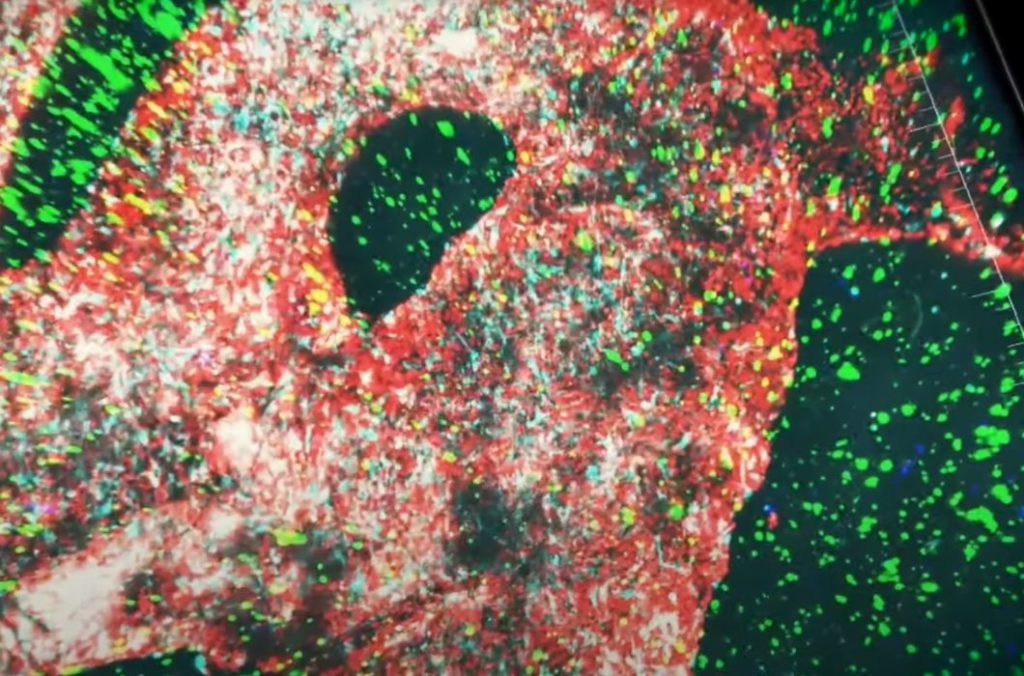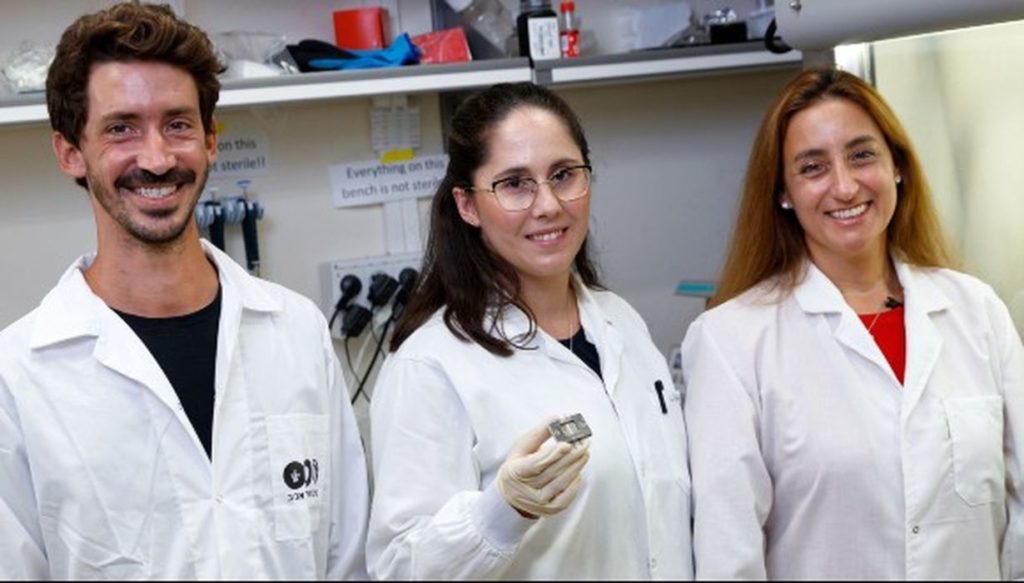
Researchers at Tel Aviv University have 3D printed a working cancer tumor.
The specific cancer tissue involved is a glioblastoma. This is a highly aggressive, nearly 100% fatal brain tumor that gives diagnosed patients typically only a year or so to survive. The project managed to 3D print one.
To be honest, when I first heard of this project, I thought the researchers had merely 3D printed a mechanical replica of the cancer’s geometry. This type of healthcare application is now commonly done, particularly for surgeons. The idea is to 3D print a physical replica for the surgeons to plot out a complex surgical procedure using physical structures that match those they will encounter inside the patient.
That’s not what this project does. Not at all.
Instead, the researchers were able to grow a supply of cancer cells by sampling from a real patient suffering from a glioblastoma tumor. They then used a bioprinter to 3D print a replica of the tumor. However, the print included not only the cancer cells, but also blood vessels.

They were then able to pump the patient’s actual blood through the 3D printed tumor, which enabled it to not only survive, but grow. Why do this?
Dr. Eilam Yeini said:
“The 3D model is better in mimicking the growth rate and the behavior of each tumor from each patient. By genetic sequencing we showed that the cancer cells that grow in our 3D models have a gene expression similar to the same cells growing in their natural environment: the brain.”
In other words, they’ve managed to create a working replica of an actual tumor using 3D bioprinting, with which they can study the tumor in great detail. Natural glioblastoma tumors are found inside the skull, which is not the easiest place to perform research and testing.
Testing is likely to be a prime application for this type of bioprint. Not only can researchers test the effectiveness of various drugs, but they can do so in an environment that closely resembles the specific patient’s body chemistry.

Dr. Ronit Satchi-Fainaro of the Sackler Faculty of Medicine, the Sagol School of Neuroscience, and the Director of the Morris Kahn 3D BioPrinting for Cancer Research Initiative at Tel Aviv University explained:
“Our innovation gives us unprecedented access to 3D tumors that better imitate the clinical scenario, enabling optimal investigation. Cancer, like all tissues, behaves very differently in a petri dish or test tube than it does in the human body. Approximately 90% of all experimental drugs fail in clinical trials because the success achieved in the lab is not reproduced in patients.”
And:
“If we take a sample from a patient’s tumor, together with surrounding tissues, we can 3D-bioprint from this sample 100 tiny tumors and test many different drugs in various combinations to discover the optimal treatment for this specific tumor. Alternately, we can test numerous compounds on a 3D-bioprinted tumor and decide which is most promising for further development and investment as a potential drug.”
This is a major step forward in bioprinting and 3D printing in general, as it demonstrates the ability to 3D print bio-analogs of actual tissue scenarios. There are countless scenarios that could benefit from this approach, and while the glioblastoma experiment is the first, it certainly will not be the last.
